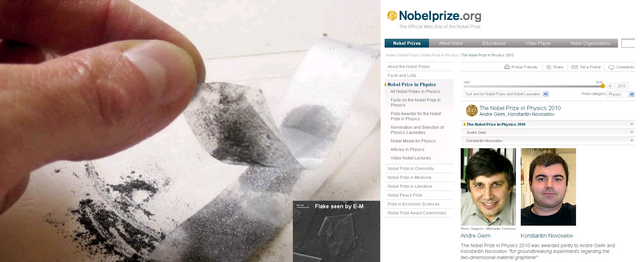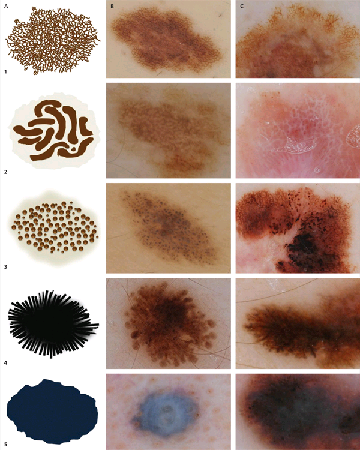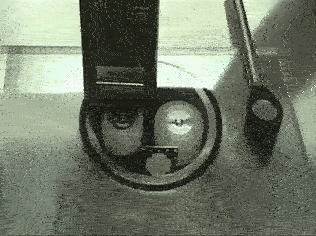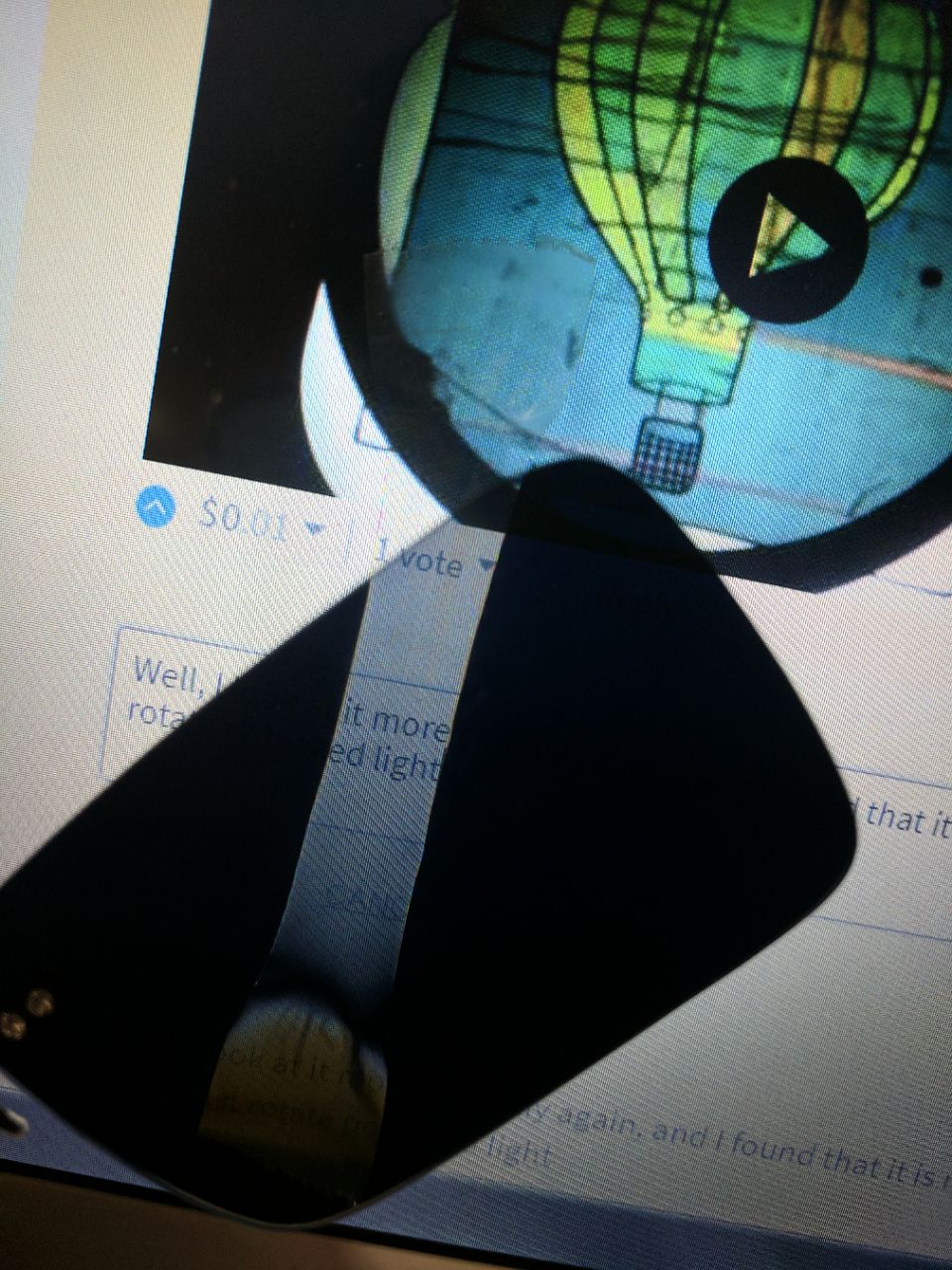Scotch Tape, Scientists and Dermatoscopy

Ideas and experimentation.
The process of science is an Uroboros of Deductive reasoning (ideas that are self-consistent using logic) and Inductive reasoning (observation of extreme cases to find patterns that generalize).
One of the many beautiful things with science is that actively trying to be wrong through experimentation helps you gain useful information. The tools don't matter, is the process.
When I was in medschool, for the first time I was exposed to a Dermatoscope almost by the end of my education. Is a medical tool employed to see skin lesions. At the time a relatively novel tool, showed structural alterations in vivo, recognizable even for non-dermatologists.
"Now, I'm able to do with ease skin diagnostics without the mumbo-jumbo of the arcane expertise dermatologists claim to have!"
The price then was $1000! for that tool. Which surprised me a lot, since all I was seeing was a type of glass and some light. The price since then has fallen to ≅$250

I was intrigued by what it was and how it was doing it. Since my attending didn't let me touch it to examine it. Took me less than a minute with my phone and google to find out it was using polarized light. The details of the fabrication were not available. I thought, if that's all, then I can make one using my cellphone for 1/1000th of the price. Using scotch tape...
Scotch Tape is and Illustrious tool. So simple yet so versatile that curious scientists even use it to win Nobel prizes.
Graphene, the 2D miraculous material was discovered in 2004 by Andre Geim and Konstantin Novoselov, using graphite, like the one in the pencils and some Scotch tape. The method is known as peeling. You put some graphite in some scotch tape, use some free tape to peel away some of the graphite. You repeat and repeat until you have a sheet of flakes 1 atom in thickness. Then go to someone with an electron microscope to check... and there you go, Physics Nobel prize, 2010

Not impressed yet, eh? What about taking an X-ray with scotch tape?
When you separate tape, the weakest intermolecular force (Van der Waals forces) produces a luminous phenomenon known as Triboluminiscence. As part of the phenomenon and Triboelectricity, apparently, you can also get X-rays out of it.
The emission and detection apparently require a vacuum of 0.001mmHg so the surrounding gases don't discharge the electrons before they can generate X-rays, by rolling the tape at the surprisingly low speed of 0.05m/s.¹
Look at that Geiger counter go.
To give you an idea, you can get 10keV from a lightning and according to this research, you could get 40keV from simple scotch tape.

Of course, replication is a lot more complex than just peeling tape, as you can see in this failed video attempt to replicate it here, and compare it to a published replication of the process. I'll keep looking into it because I'm kind of skeptic by the lack of applications of this in medicine in the past 10 years (found this handheld metal-alloy analyzer ), but still is an interesting phenomenon.
Before someone asks. No, peeling tape doesn't cause cancer
Back to the Dermatoscope
The principle of Dermoscopy is simple. The skin has several layers. Some layers have different refractive indexes due to orientation and composition. For instance, the outermost layer, the stratum corneum, has air bubbles due to the orientation of the keratin fibers.
When light passes through a linear polarizer, the light can reach deeper structures. Some photons will scatter at different depths of the structure since the layers have different refractive indexes.
As light passes through each medium (air, keratin, reticular fibers) each interaction changes the probability of the photon scattering. This resulting change in the refractive index is derived from Maxwell's equations of reflection and transmission. 
Where R is the refractive index at the interface and  represents the index of the specific material.
represents the index of the specific material.
As light is reflected from the deeper layers, it returns to a linear polarizer in front of the magnifying lens. That is orthogonal to the incident beam to catch the photons that interacted with the layers that reached the dermal papilla, at roughly 100µm.²

So, I figured I could use these principles to stretched scotch tape, to get the linearly polarized effect.
It was not a revolutionary idea, I soon discovered.³ Although my approach was different, instead of direct contact with the skin as the article mentions, I used my cell phone, some stretched tape in front of the Flash (polarized light source), and an old laser lens, which later I changed for a macro lens, with stretched scotch tape in front of the camera (as the light detector)...and Bob's your uncle.
I still conserve the prototype and the first attempt of a video I took. Back in 2014.

Those are some of the patterns you are expected to see.
 Source
Source
This is the quality my final prototype can get.

In retrospective, the time I invested was more valuable monetarily than $250, but...
Richard P. Feynman — 'Physics is like sex: sure, it may give some practical results, but that's not why we do it.'
Thanks for reading.
References
Images: Taken by me, referenced or modified from google images labeled for reuse.


I found your way useful thanks
Glad you did.
Cool but dermatho is still for girls... have you tried Bourbon tape?
Never, I'm a loyal user of Black and white tape.

My wife and I are more akin to the non-heretic version
It would be really useful 5 years ago to see the melanoma my grandpa acquired in his toe and maybe he wouldn't lose his leg. Still really interesting, just go on writing!
It's a shame. Acral melanomas are aggressive and easy to miss.
I will make my one of this with my phone I am pretty tense about every single new mole in my skin after that. Thanks for your contribution
Haha, so efficient XDD
Really wonderful!! Is the polarization effect by scotch tape is obvious?
Btw I didn't realize you are the one who post triboluminescence previously until today XDD
Really a nice one :))
It's far trickier than I imagined. Is not obvious yet the effect can be quite dramatic if done properly. I tried to explore circular polarization, but couldn't make it small enough to integrate into the phone.
Wow!!
Well, I look at it more carefully again, and I found that it is not really a "polarizer", but instead it could just rotate polarized light! Yet, it is interesting enough to me

Wow! That was certainly the most informational post I've read today!
Glad you find something useful in it.
Congratulations! Your post has been curated by the @steemstem team and has been featured on SteemStem Distilled #2:
https://steemit.com/steemstem/@steemstem/steemstem-distilled-2
Thanks :D
Awesome story.
I am following you now
I hope you find value and entertainment in my posts.
If you are intrested in art | paintings
Visit my blog
A few years ago I bought and renovated our apartment. It is predominantly held together with tape.
If you use the 3D glasses to watch movies and a lamp you might be able to see your house in a new light.
Also, here's a more practical use. In case you have private information to watch. #notporn